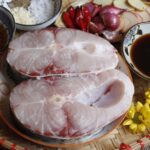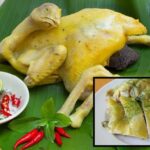Master this boiled chicken secret and your boiled chicken will be fresh, tender, sweet, and free from any fishy odor.
Nowadays, many people belong to the “no meat, no fun” group. As a result, many people are overweight, which is not good for health. Chicken is a type of meat that many people prefer as it is leaner and healthier than other red meats. So, even if we eat a little more, we don’t have to worry about gaining weight or high cholesterol.
Boiled chicken is the most popular and easiest chicken dish to eat. However, many people end up with cracked, dry, tough, or overly soft chicken, and sometimes it even has a fishy odor, making it unpleasant to eat.
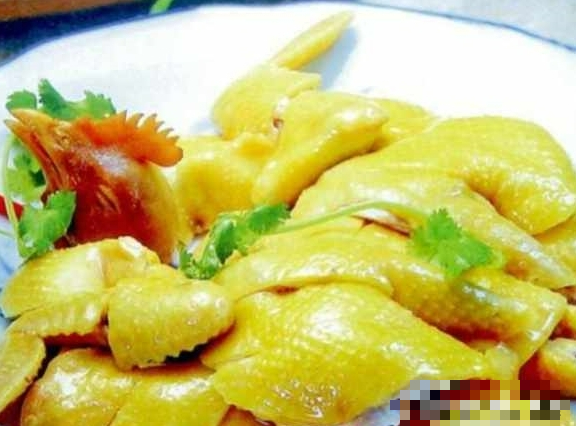
Don’t just think that boiling chicken is about throwing it into water and cooking it. Follow these four steps, and you’ll be able to successfully boil chicken, resulting in fresh, tender, and sweet meat, without any toughness or fishiness.
1. Boil chicken in hot water
The first step is to clean the chicken thoroughly, removing all the feathers and some of the internal organs. Then, add water to a pot and throw in some chopped scallions and ginger. Ginger and scallions help eliminate the fishy smell from the chicken.
Wait for a while until the water heats up, and then place the chicken into the pot. By now, the water should be fragrant with the flavors of ginger and scallion, helping to get rid of any unwanted odors.
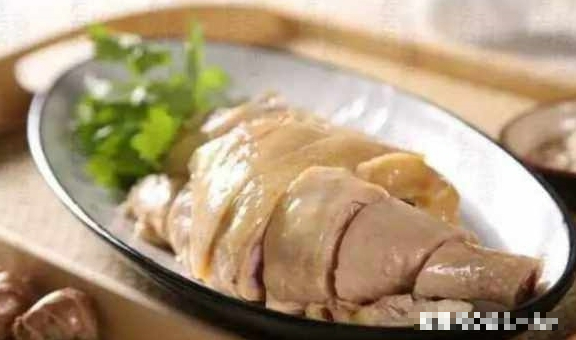
Many people make the mistake of putting the chicken in cold water or waiting for the water to boil before adding the chicken. The correct way is to use hot water, as this causes the chicken skin to contract suddenly and crack, resulting in an unattractive presentation.
2. Dip the chicken in and out of the water three times
Once you’ve placed the chicken in the hot water, quickly grab it by the neck and lift it out. Wait for 30 seconds, then put it back in. Repeat this process two more times.
Doing so helps the chicken adjust to the hot water, preventing the skin from breaking and improving the taste.
After that, cover the pot and simmer for another 30 minutes. Once the chicken is cooked, place it in a bowl of cold water. This step makes the chicken skin crispier and gives it a brighter, more appetizing color.
3. Seasoning the chicken while boiling
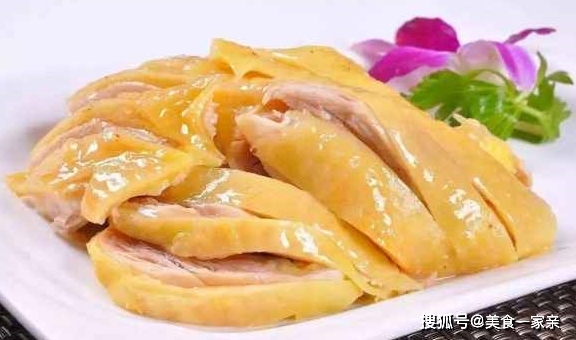
Many people mistakenly believe that when preparing chicken, adding a lot of spices will eliminate any fishy odor and enhance the aroma of the dish.
In reality, this is a misconception. The deliciousness of chicken mainly lies in its natural flavor. Adding too many spices will alter the taste and make the chicken less enjoyable.
When boiling chicken, a few slices of ginger and scallions are enough to eliminate any fishiness, and a pinch of salt is all you need for seasoning.
4. Boiling time for chicken
Chicken meat is very tender, so you don’t need to boil it for too long. Overcooking will ruin the taste, making the chicken tough and dry.
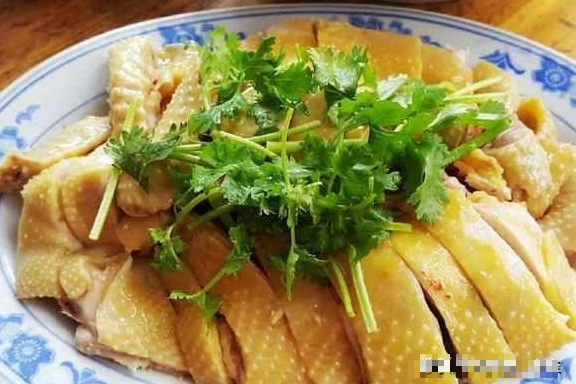
Especially with boiled chicken, timing is crucial. Just 20-30 minutes is enough. There’s no need to simmer the chicken over low heat for 1-2 hours, as some people mistakenly do. Chicken is not a tough cut of meat.
Now that you know this important boiling technique, you don’t have to worry about failing to boil chicken perfectly again.
According to Dan Viet
The Ultimate Guide to Cooking Carp: Achieving Tender, Flaky Flesh and Eliminating that Fishy Odor
Stewed black carp is a traditional Vietnamese dish that embodies the very essence of the country’s culinary heritage. The delicate sweetness of the fish, combined with the rich and savory flavors of the stew and the aromatic spices, creates a culinary masterpiece that never fails to captivate the hearts (and taste buds) of those who indulge in it.
The Perfect Boiled Shrimp: A Delicate, Sweet, and Savory Delight
“Steamed shrimp is a delicious and nutritious dish that can be enjoyed as a refreshing treat. However, not everyone knows the secret to preparing it in a way that eliminates any unwanted fishy taste. With the right techniques and ingredients, you can transform this seafood delight into a mouth-watering sensation that will leave your taste buds craving for more. Imagine serving up a plate of tender, juicy shrimp that tastes absolutely divine – it’s an art that can be mastered with the right guidance.”
“The Ultimate Guide to Boiling a Perfectly Tender and Flavorful Chicken”
“Cooking a perfect chicken dish is an art, and we’re here to reveal the secrets to achieving that tender, juicy meat that will leave your guests wanting more. Many home cooks make the mistake of boiling chicken directly in water, which can result in dry, rubbery meat. But fear not, by following these two essential steps, you can ensure your chicken turns out perfectly moist and delicious every time.”
“The Ultimate Guide to Boiling Chicken: A Chef’s Secret to Tender, Juicy Meat”
When boiling chicken, a common mistake people make is ending up with unevenly cooked meat, resulting in pale pink meat or even slimy skin. To achieve a delicious boiled chicken dish with evenly cooked and tender meat, it’s essential to pay attention to various factors during the preparation process.
























